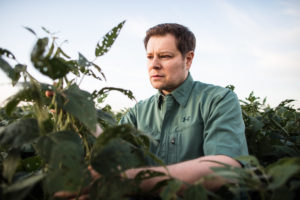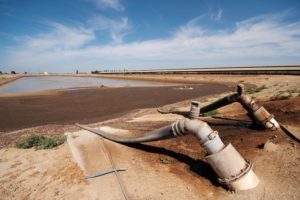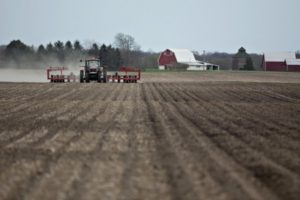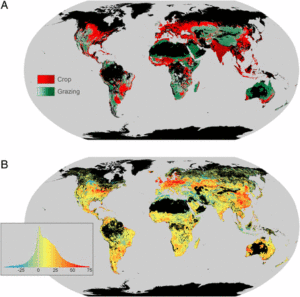“Researchers at James Cook University in Queensland, Australia, found the addition of less than 2 per cent dried seaweed to a cow’s diet could reduce their methane emissions by as much as 99 per cent.” “…The Irish Farmers’ Association gave a broad welcome to the study saying the research provides the opportunity to continue to build on Ireland’s “sustainable grass-based model of food production”.
“…The Irish Farmers’ Association gave a broad welcome to the study saying the research provides the opportunity to continue to build on Ireland’s “sustainable grass-based model of food production”.
The association’s environment chairman, Thomas Cooney, called on Irish researchers “to immediately investigate the potential for this research in an Irish agriculture context, and in the context of the opportunity that may exist for indigenous seaweed production”.










